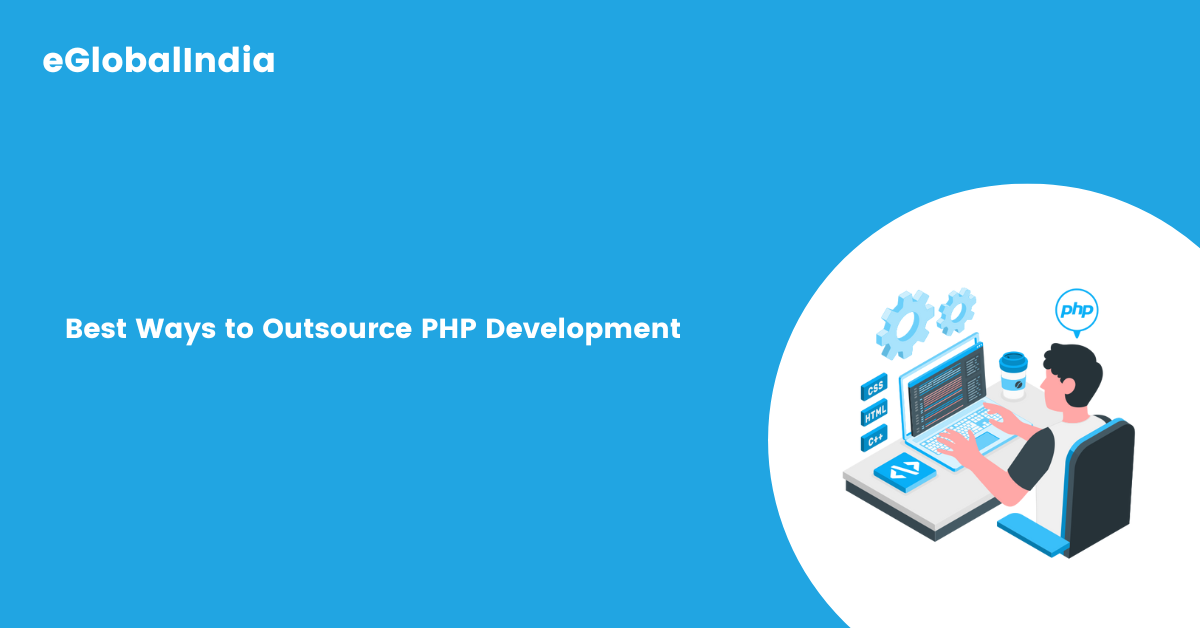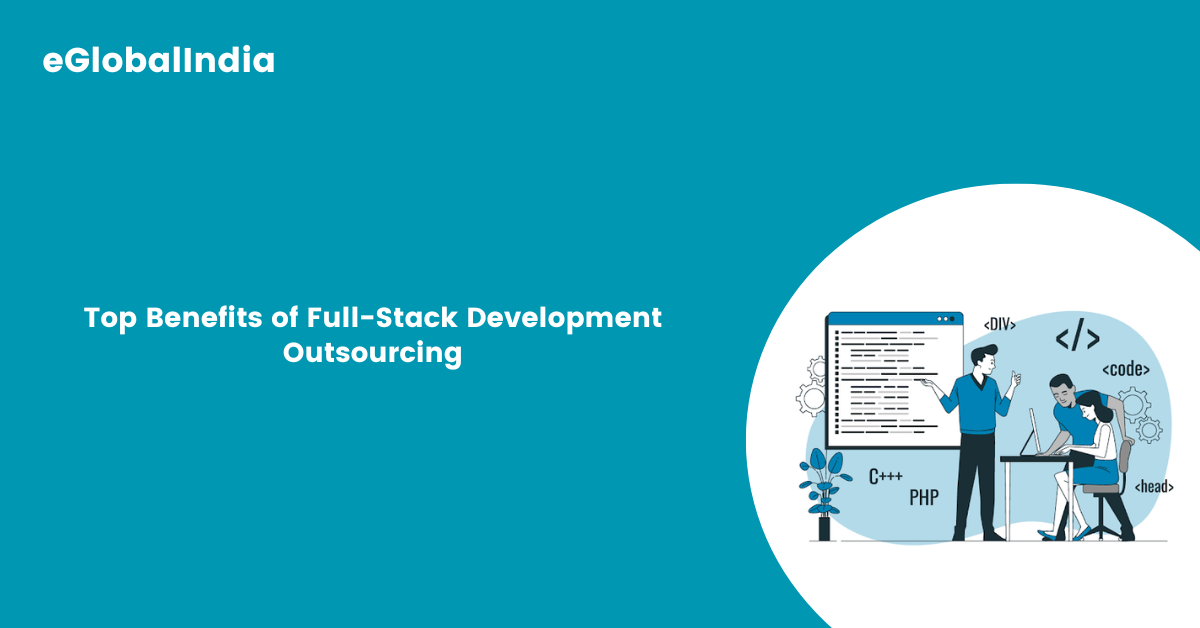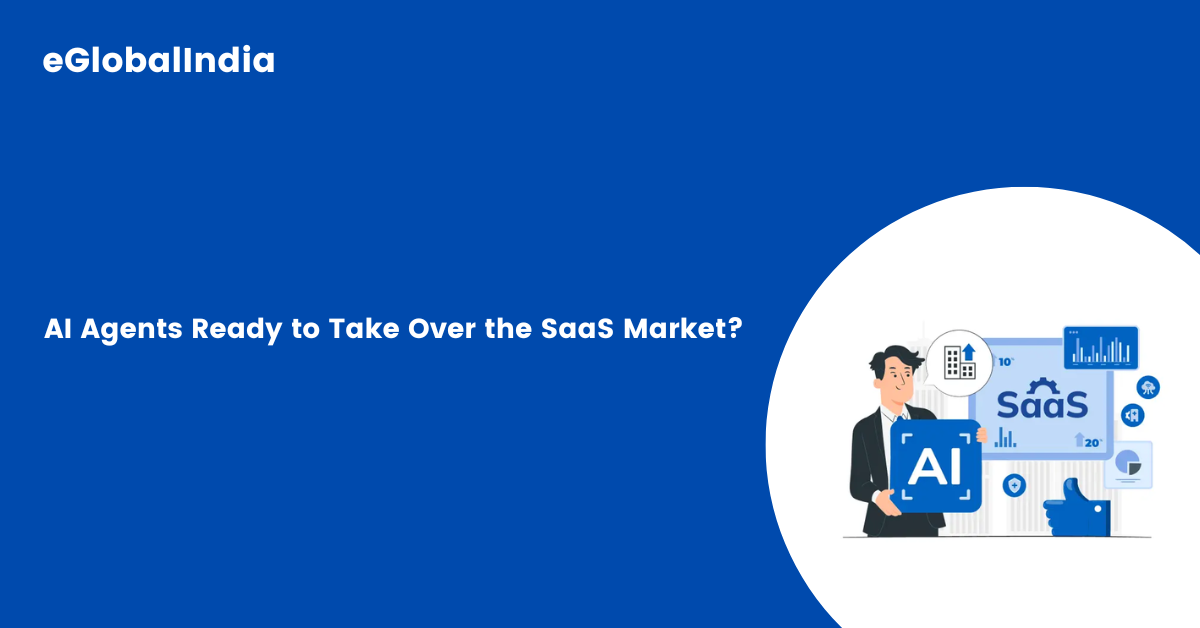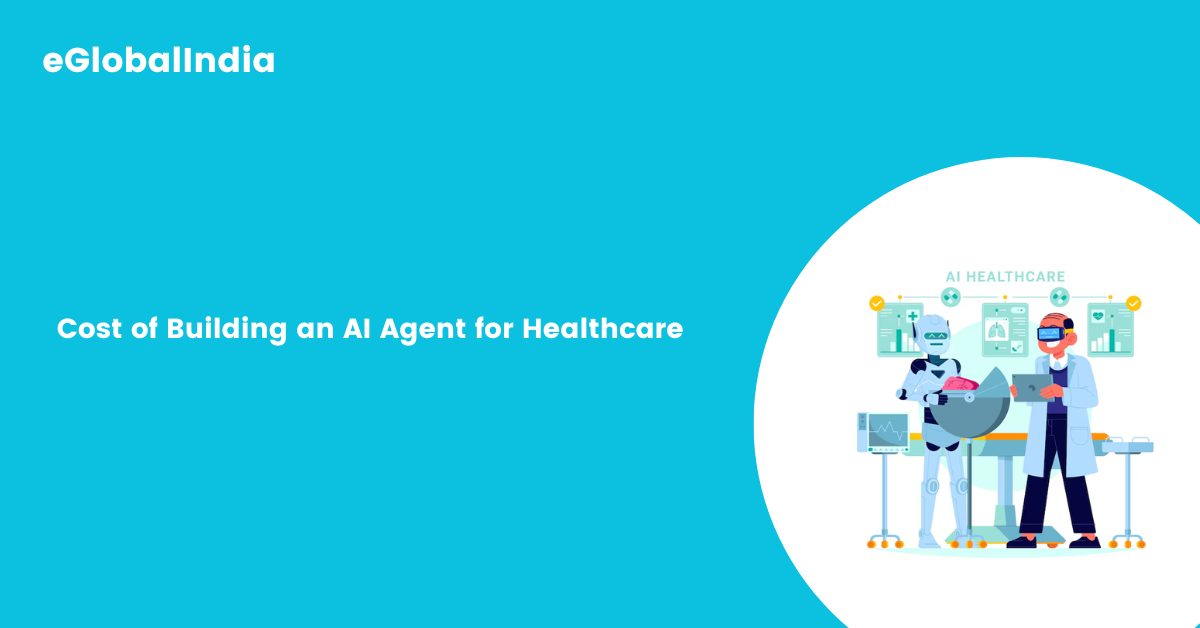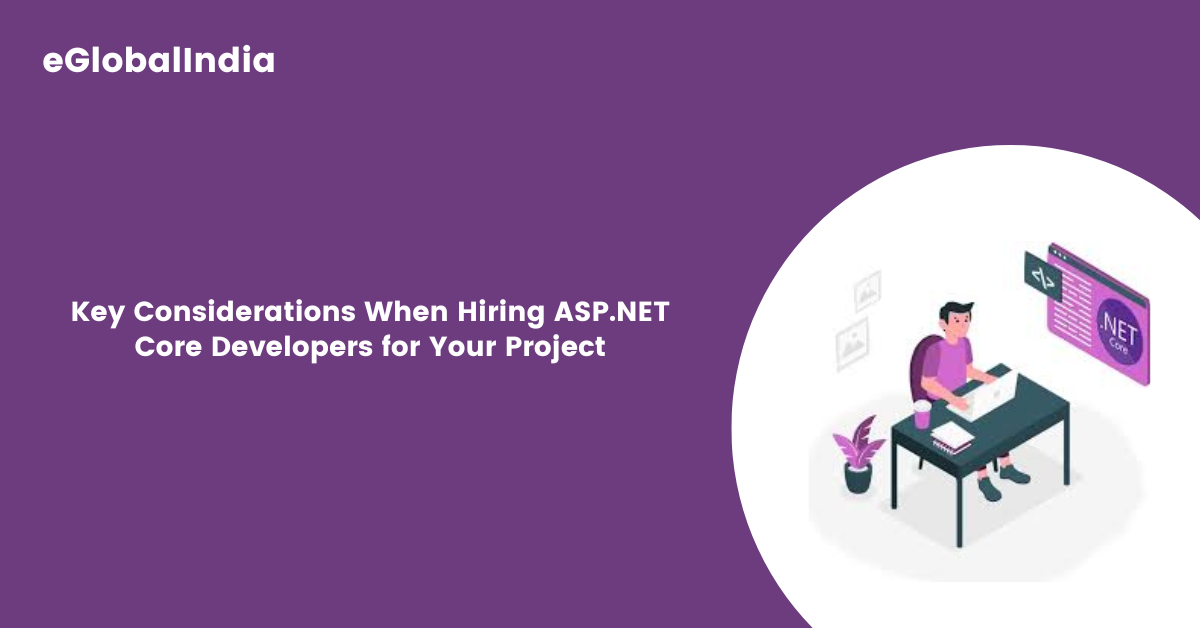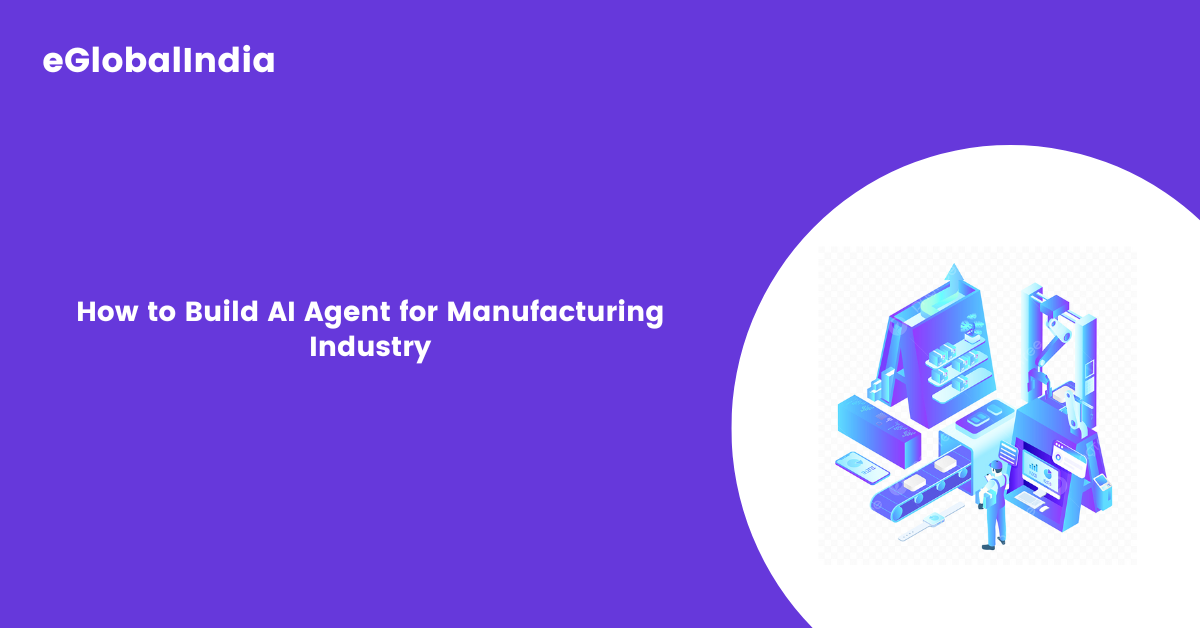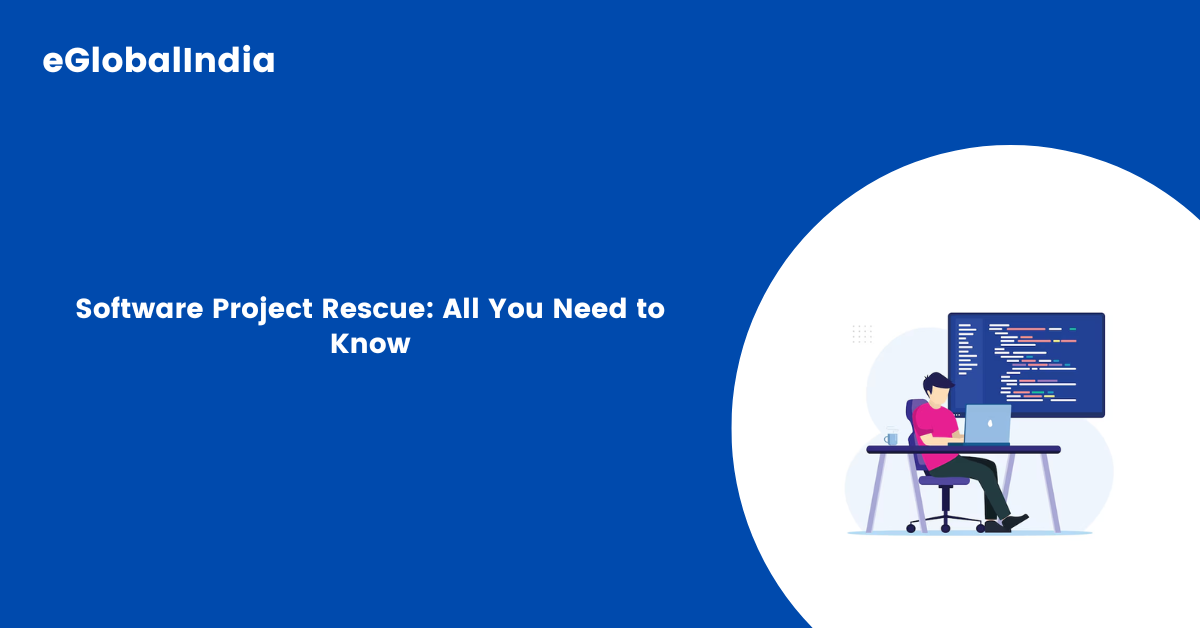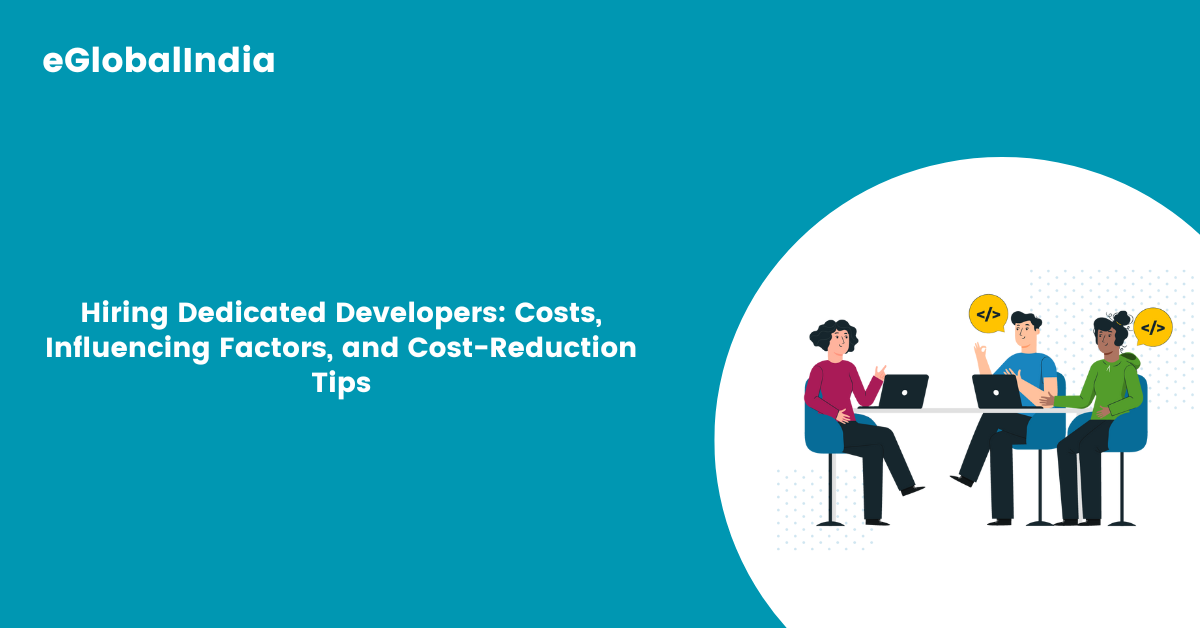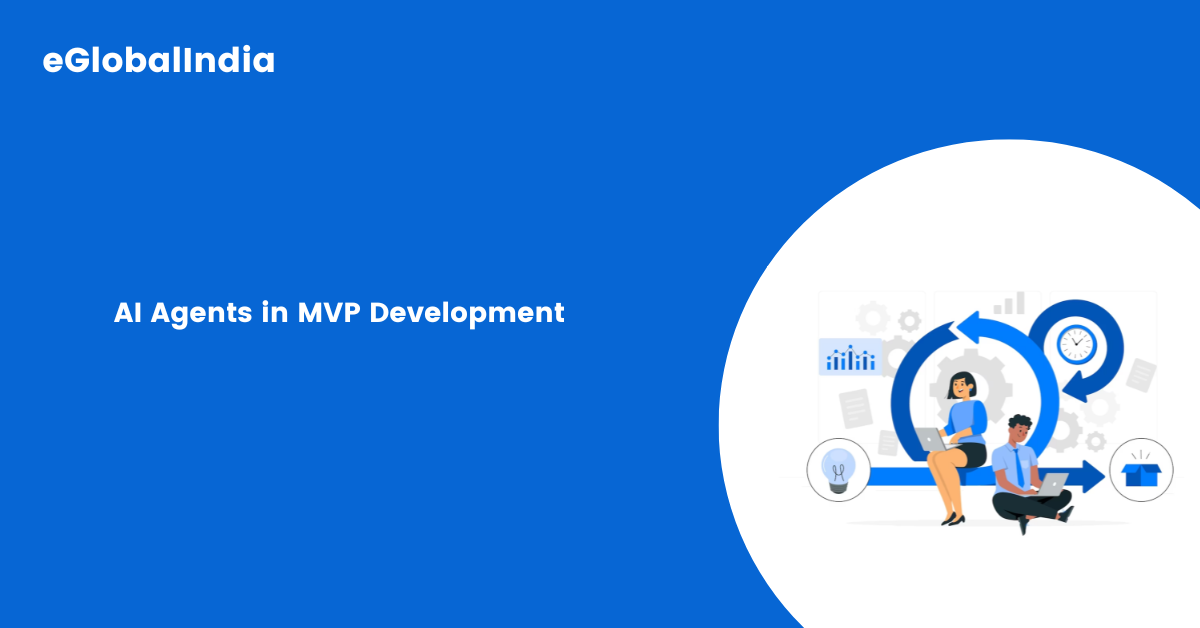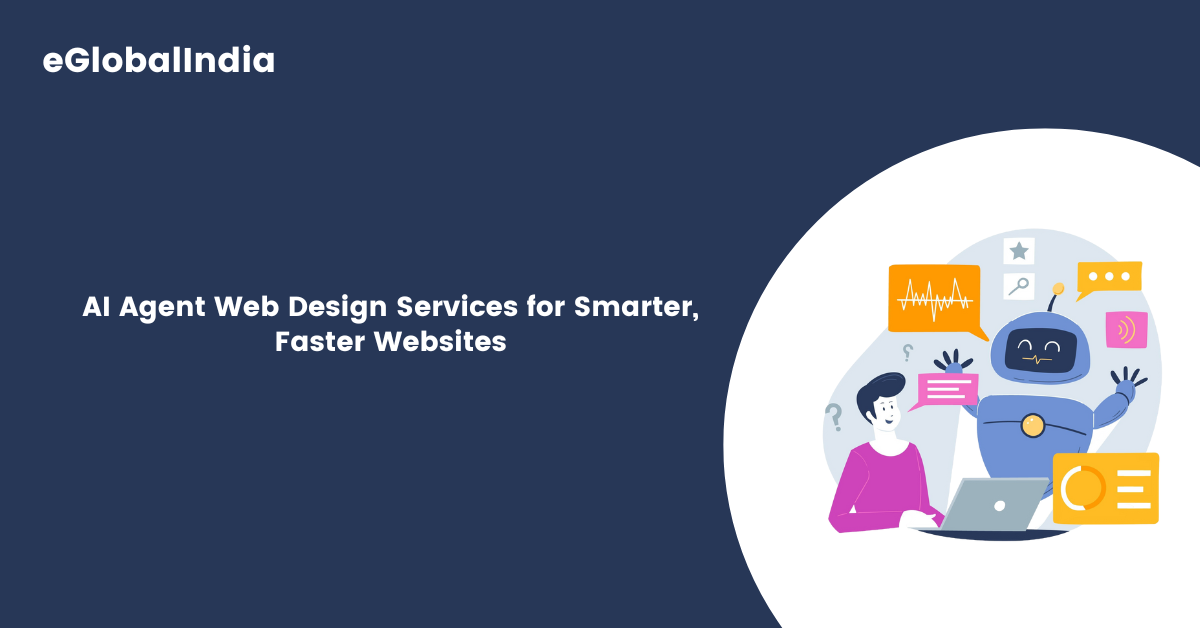PHP continues to dominate the web development landscape, powering more than 77% of websites worldwide. From dynamic websites and scalable applications to customized platforms, PHP remains the go-to choice for businesses of all sizes. However, hiring and maintaining a full-time, in-house PHP development team can be both costly and time-consuming particularly for startups, small businesses, and even mid-sized companies.
That’s where outsourcing PHP development comes into play. By outsourcing, businesses can tap into a global pool of highly skilled developers, access specialized expertise, and significantly reduce operational expenses. More importantly, outsourcing allows companies to stay flexible, scale their teams as needed, and speed up project delivery without compromising on quality.
But outsourcing isn’t just about saving money it’s about building successful partnerships. Finding the right outsourcing partner involves more than just technical skills; it requires evaluating communication practices, cultural compatibility, project management processes, and a track record of delivering high-quality work on time.
In this detailed guide, we’ll walk you through the best ways to outsource PHP development effectively. You’ll learn how to identify the right outsourcing model, key factors to consider when selecting a PHP development partner, common pitfalls to avoid, and actionable tips to ensure a smooth, successful collaboration. Whether you are launching a new web platform, expanding an existing application, or need ongoing PHP support, this guide will equip you with everything you need to make informed outsourcing decisions and drive your project to success.
Why Outsource PHP Development?
Before diving into the best ways to outsource PHP development, it’s crucial to understand the strong reasons behind choosing this approach. Outsourcing has become a popular strategy for businesses of all sizes, offering numerous advantages beyond just cost savings.
1. Cost Efficiency
One of the most significant benefits of outsourcing PHP development is cost efficiency. Hiring in-house developers, especially in countries with high living costs, can be extremely expensive when you factor in salaries, benefits, office space, and equipment. By outsourcing to countries with lower development costs, you can access the same (or even better) level of expertise at a fraction of the price. This allows businesses to allocate their budgets more efficiently and invest more in growth-oriented activities.
2. Access to a Global Talent Pool
Outsourcing gives you access to a vast, global pool of skilled PHP developers. Whether you need specialists in Laravel, Symfony, WordPress, or custom PHP frameworks, you can find experts who perfectly match your project requirements. This access to diverse skill sets ensures your project benefits from the latest technologies, coding practices, and innovative solutions from around the world.
3. Scalability and Flexibility
Business needs change frequently, and outsourcing offers the flexibility to scale your team up or down as needed. Whether you require a few extra developers for a large project or need to cut down during slower periods, outsourcing partners can adjust their resources quickly without the complexities involved in hiring or firing full-time employees.
4. Faster Time-to-Market
Working with experienced outsourcing agencies or freelance developers often leads to faster project completion. These professionals typically have streamlined workflows, access to essential tools, and previous experience managing similar projects, helping you bring your product or website to market faster.
5. Focus on Core Business Operations
Outsourcing PHP development allows your internal teams to focus on core business functions like marketing, customer service, product strategy, and business development. By offloading technical tasks, your organization can operate more efficiently and strategically without getting bogged down by day-to-day coding or project management challenges.
Best Ways to Outsource PHP Development
1. Define Your Project Scope Clearly
One of the first steps toward successful outsourcing is having a well-defined project scope. Before you approach any agency or freelancer, make sure you outline:
- Project goals and objectives
- Key features and functionalities
- Technologies to be used (e.g., Laravel, Symfony, CodeIgniter)
- Expected timelines
- Budget constraints
Having a clear scope not only sets realistic expectations but also helps you find the right partner faster.
2. Choose the Right Outsourcing Model
There are several outsourcing models available, each offering different advantages:
- Project-Based Outsourcing: Best for small or medium one-time projects.
- Dedicated Development Team: Useful when you require long-term collaboration.
- Staff Augmentation: When you already have an internal team but need a few extra PHP experts temporarily.
- Managed Services: Outsource the complete responsibility of PHP development, including management, QA, and updates.
Select the model based on your project complexity, budget, and timeline.
3. Look for Specialized PHP Development Agencies
While freelance platforms are tempting, for more robust projects, a specialized PHP development agency can offer:
- Better project management
- More reliable quality assurance
- Access to cross-functional teams (QA, UI/UX, DevOps)
- Legal protection and service-level agreements (SLAs)
Pro Tip: Search for agencies with proven experience in PHP frameworks like Laravel, Symfony, or Zend Framework.
4. Assess Portfolios and Case Studies
Always evaluate an agency’s or freelancer’s previous work. Look for:
- Case studies with measurable outcomes
- Projects similar to yours in scale and complexity
- Testimonials or client reviews
- Awards or recognitions
A strong portfolio aligned with your requirements indicates both experience and expertise
5. Prioritize Technical Skills and Expertise
Ensure the developers you hire have:
- Strong knowledge of PHP 7 or PHP 8
- Mastery of frameworks like Laravel, Symfony, or Yii
- Familiarity with RESTful APIs and third-party integrations
- Understanding of cloud hosting (AWS, Azure) and database management (MySQL, MongoDB)
- Security best practices (input validation, CSRF protection)
6. Check Communication Channels
Communication breakdown is one of the top reasons outsourcing projects fail. Choose partners who offer:
- Regular status updates (daily or weekly)
- Project management tools like Jira, Trello, or Asana
- Clear escalation paths for any issues
- Fluent English or your preferred communication language
Transparency ensures trust, which is key according to Google’s E-E-A-T guidelines.
7. Start Small with a Pilot Project
Instead of committing to a long-term contract immediately, start with a pilot project. This trial run helps you:
- Evaluate technical expertise
- Test communication and delivery timelines
- Understand their work ethic and commitment
If the pilot succeeds, you can confidently expand the engagement.
8. Protect Your Intellectual Property (IP)
Before sharing any details, make sure you:
- Sign a Non-Disclosure Agreement (NDA)
- Have clear ownership clauses in the contract
- Clarify the handover process post-development (source code, credentials, documentation)
Trust is fundamental to any outsourcing relationship, and protecting your IP ensures mutual confidence.
9. Focus on Time Zone Compatibility
While outsourcing globally, time zone differences can be a hurdle. Ideally, find developers who offer:
- Overlapping working hours
- Flexibility for important meetings
- 24/7 support if your project demands it
Minor time differences (up to 3-5 hours) can actually enhance productivity ensuring round-the-clock progress.
10. Don’t Underestimate Cultural Fit
Technical expertise is vital, but so is cultural alignment. Understanding work ethics, business practices, and communication styles reduces misunderstandings and smoothens collaboration.
Key Benefits of Outsourcing PHP Development
Outsourcing PHP development has become a strategic move for businesses worldwide, offering multiple advantages beyond just cost savings. Let’s take a closer look at the key benefits:
1. Significant Cost Savings
One of the primary reasons companies outsource PHP development is the potential for substantial cost reduction. Businesses can save up to 60–70% on development costs compared to hiring full-time, local developers. Outsourcing eliminates expenses related to recruitment, training, employee benefits, office infrastructure, and operational overheads. Companies can redirect these savings towards growth initiatives or enhancing other areas of their business.
2. Rapid Team Scaling
Outsourcing allows companies to quickly scale their development teams according to project requirements. Whether you need one PHP developer for a small task or a full team for a large-scale project, outsourcing partners offer flexibility. This agility ensures that businesses can adapt to project changes without delays, helping them meet tight deadlines or expand into new markets faster.
3. Access to Specialized Expertise
When you outsource PHP development, you gain access to highly skilled and experienced developers who specialize in various PHP frameworks such as Laravel, Symfony, CodeIgniter, and CakePHP. Many outsourcing firms also provide strategic consulting, helping you choose the best technology stack, optimize application performance, and future-proof your projects. This expertise is often difficult and costly to find locally.
4. Enhanced Risk Management
Reputable outsourcing agencies have well-established risk management processes. They follow best practices in coding standards, data protection, quality assurance, and project management. This structured approach helps mitigate common risks such as project delays, security breaches, and scope creep, ensuring smoother project execution.
Overall, outsourcing PHP development offers businesses a powerful combination of cost-efficiency, scalability, expertise, and risk reduction, enabling them to stay competitive in an ever-evolving digital landscape.
Common Challenges in Outsourcing PHP Development and How to Overcome Them
While outsourcing PHP development brings numerous benefits, it also presents certain challenges that companies must proactively address to ensure success.
Communication issues are among the most common hurdles when working with remote teams. Misunderstandings can delay projects or lead to misaligned expectations. To overcome this, it’s essential to have clear documentation outlining project goals, deliverables, and timelines. Additionally, scheduling regular meetings via video calls or collaboration tools like Slack or Microsoft Teams helps maintain transparency and foster better understanding between all parties involved.
Another critical challenge is maintaining quality assurance. Without proper monitoring, the final product may fall short of expectations. To counter this, businesses should implement multiple review cycles and thorough QA testing throughout the development process. This approach helps catch issues early and ensures that the final output meets high standards.
Time zone differences can also complicate collaboration, especially when teams are spread across continents. One effective way to bridge this gap is by establishing overlapping work hours where both parties are available for real-time communication, ensuring quicker responses and smoother workflows.
Additionally, companies often face hidden costs in outsourcing arrangements. These could stem from unclear pricing models or unexpected project changes. To avoid this, it’s crucial to work with partners who offer transparent, fixed-cost contracts that clearly define the scope and associated expenses upfront.
Finally, security risks such as data breaches or intellectual property theft can be a major concern. Protecting sensitive information requires strong legal agreements, including signing Non-Disclosure Agreements (NDAs) and ensuring IP protection clauses are included in contracts.
By proactively addressing these challenges with the right strategies, businesses can maximize the benefits of outsourcing PHP development while minimizing potential risks.
Top Countries to Outsource PHP Development
When it comes to outsourcing PHP development, selecting the right country plays a critical role in achieving the perfect balance between cost, quality, and smooth collaboration. Several countries have emerged as global leaders in PHP outsourcing, each offering unique advantages.
India stands out as one of the top destinations for PHP development outsourcing. With its vast IT talent pool, cost-effective services, and strong English communication skills, India is a preferred choice for businesses worldwide. Indian developers are highly skilled in popular PHP frameworks like Laravel, Symfony, and WordPress, as well as custom PHP solutions. The average cost typically ranges from $15 to $30 per hour, making it highly budget-friendly without compromising on quality.
Ukraine has earned a solid reputation for its exceptional technical expertise combined with Western-style work ethics. Ukrainian developers excel in web application development and enterprise-level solutions, delivering robust, scalable systems. The average development cost in Ukraine is between $25 and $45 per hour, offering a strong value proposition for complex projects.
The Philippines is another attractive outsourcing destination, particularly praised for its affordability and excellent English communication. Filipino developers are specialists in CMS platforms like WordPress and Drupal, as well as ongoing support and maintenance services. Pricing generally falls between $15 and $25 per hour, making it ideal for small to mid-sized projects.
Poland has emerged as a hub for premium software development, with a strong emphasis on cybersecurity and high software quality standards. Polish developers are adept at building e-commerce platforms and enterprise-grade applications, with hourly rates typically between $30 and $55.
Lastly, Vietnam is a fast-growing technology outsourcing market, offering competitive pricing and a growing pool of skilled developers. Vietnamese developers excel in full-stack PHP development, particularly Laravel projects, with rates ranging from $18 to $30 per hour.
Ultimately, the best country for outsourcing your PHP project depends on your specific project needs, budget, and cultural compatibility.
Cost of Outsourcing PHP Development
When planning to outsource PHP development, understanding the cost structure is crucial for setting realistic budgets and expectations. The cost of outsourcing varies depending on the type of project, the complexity of requirements, and the experience of the developers involved.
For a basic website with around 5 to 10 pages, businesses can expect to pay between $500 and $2,500. This usually includes standard design, development, and some basic functionality. If you’re planning to build an e-commerce website, the cost rises to approximately $2,000 to $7,500, depending on the number of products, payment gateway integrations, and additional features like customer accounts and advanced security.
Developing a custom web application—a more complex, tailor-made solution—typically ranges from $7,000 to $20,000 or more. These projects often require extensive backend development, custom APIs, and unique business logic, which increase both time and cost.
For businesses looking for ongoing support, hiring a dedicated PHP developer on a monthly basis costs around $1,500 to $4,500, depending on the developer’s experience level and geographical location.
Several factors influence these costs, including the complexity of the project, the experience and skillset of the developer or development team, and the location of the outsourcing partner. Developers based in regions like Eastern Europe, India, or Southeast Asia generally offer competitive rates compared to their counterparts in the U.S. or Western Europe. Additional factors like project management requirements and post-launch support and maintenance also add to the overall budget.
It’s important to remember that the cheapest option is rarely the best. Quality, proven experience, and a reliable support system should always weigh heavier than simply choosing the lowest price.
How to Maintain Quality When Outsourcing PHP Development
High-quality outsourcing doesn’t happen by accident. Here’s how you can ensure top-notch results:
1. Define KPIs Early
Key Performance Indicators (KPIs) should be mutually agreed upon: delivery timelines, code quality, bug rates, performance benchmarks.
2. Set Milestones and Review Points
Break the project into phases with deliverables for each milestone. Review thoroughly before moving to the next stage.
3. Implement Code Reviews
Set up peer code reviews internally or with third-party experts to ensure standards are met.
4. Use Version Control Systems
Platforms like GitHub or Bitbucket enable real-time tracking of changes, improving collaboration and accountability.
5. Involve QA Testing Early
Introduce manual and automated testing from the beginning rather than waiting until the end. This “shift-left testing” approach saves time and costs.
Tools to Use for Successful Collaboration
Using the right tools can greatly improve your outsourcing experience:
- Project Management: Jira, Asana, Trello
- Communication: Slack, Microsoft Teams, Zoom
- Version Control: GitHub, GitLab, Bitbucket
- Testing: Selenium, PHPUnit
- Documentation: Confluence, Google Docs
- Time Tracking: Hubstaff, Clockify
Setting up a strong tech stack ensures that everyone stays on the same page.
Final Checklist Before Outsourcing PHP Development
Before you officially begin your PHP outsourcing journey, it’s important to go through a detailed checklist to ensure smooth execution and long-term success.
First and foremost, define clear project requirements and objectives. A well-documented project scope sets the foundation, eliminating ambiguity and aligning expectations with your outsourcing partner. Next, select the appropriate outsourcing model — whether it’s hiring a dedicated team, working with a project-based agency, or engaging freelancers — depending on your project’s size, complexity, and budget.
It’s equally vital to shortlist agencies or freelancers based on their portfolios, case studies, client reviews, and references. Past work is one of the best indicators of future performance. As security and ownership are critical, ensure you protect your intellectual property (IP) and confidential information legally by signing strong NDAs and including clear IP ownership clauses in the contract.
Setting realistic deadlines and communication expectations at the start helps avoid misunderstandings and keeps the project on track. Moreover, establish key performance indicators (KPIs) and quality benchmarks to measure success objectively as the work progresses.
If you’re unsure about the partner’s capabilities, it’s wise to start with a pilot project. A smaller, low-risk assignment helps assess quality, communication, and work style before committing to a long-term engagement.
Additionally, prepare collaboration tools and workflow systems — such as project management platforms, version control systems, and communication tools — to streamline operations. Finally, plan for regular updates, demos, and testing cycles throughout the project to maintain quality control.
Remember, preparation is 80% of success in outsourcing. A thoughtful, methodical approach ensures a positive outsourcing experience and a high-quality final product.
FAQs about Outsourcing PHP Development
1. How do I choose the right PHP outsourcing partner?
Look for portfolios, client reviews, technical expertise in modern PHP frameworks, and clear communication practices.
2. How much does it cost to outsource PHP development?
Costs vary based on complexity, developer experience, and region. On average, it can range from $15/hour to $55/hour.
3. What is the best country for PHP outsourcing?
India, Ukraine, Poland, Philippines, and Vietnam are top destinations due to talent quality, English proficiency, and competitive pricing.
4. How do I ensure code quality when outsourcing?
Set KPIs, conduct code reviews, use version control systems, and involve QA teams from the early stages.
5. Can I scale my outsourced PHP team quickly?
Yes, with the right outsourcing model (like staff augmentation or dedicated teams), you can easily scale up or down as needed.
6. What are the risks of outsourcing PHP development?
Possible risks include communication gaps, quality issues, hidden costs, and IP protection concerns all manageable with proper contracts and processes.
7. Should I hire freelance developers or an agency?
For small projects, freelancers may work well. For larger, complex projects, agencies offer better project management, QA, and scalability.
Conclusion
Outsourcing PHP development is a powerful strategy for accelerating your digital objectives. Whether you’re creating a website, building a sophisticated SaaS product, or developing a large-scale web application, outsourcing offers numerous benefits, including cost savings, scalability, and access to top-tier talent. By choosing the right development partner, you can tap into a global pool of skilled developers who bring a wealth of expertise to the table.
However, for outsourcing to be truly successful, it’s critical to define clear expectations from the outset. This includes setting realistic timelines, aligning on the project scope, and outlining deliverables. Regular communication and transparency throughout the development process also play a pivotal role in ensuring a smooth workflow. Regular meetings, feedback loops, and progress reports help maintain alignment between your team and the outsourced developers, which ultimately leads to better results.
By following the strategies and methods discussed earlier—such as establishing clear contracts, maintaining effective communication channels, and choosing experienced developers—you can mitigate potential risks and ensure a high-quality output. Additionally, ensuring that you have protective clauses like NDAs and IP agreements will safeguard your intellectual property and sensitive data.
Outsourcing PHP development is more than just a cost-effective solution; it’s a strategic decision that can give your business a competitive edge. In today’s rapidly evolving digital world, outsourcing allows you to stay ahead of the curve, innovate faster, and bring your ideas to life more efficiently. By making the smart choice of outsourcing PHP development, you’re not only securing a reliable tech partner for today but also setting the stage for future growth and success.
Ready to outsource PHP development? Contact Us!

